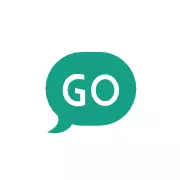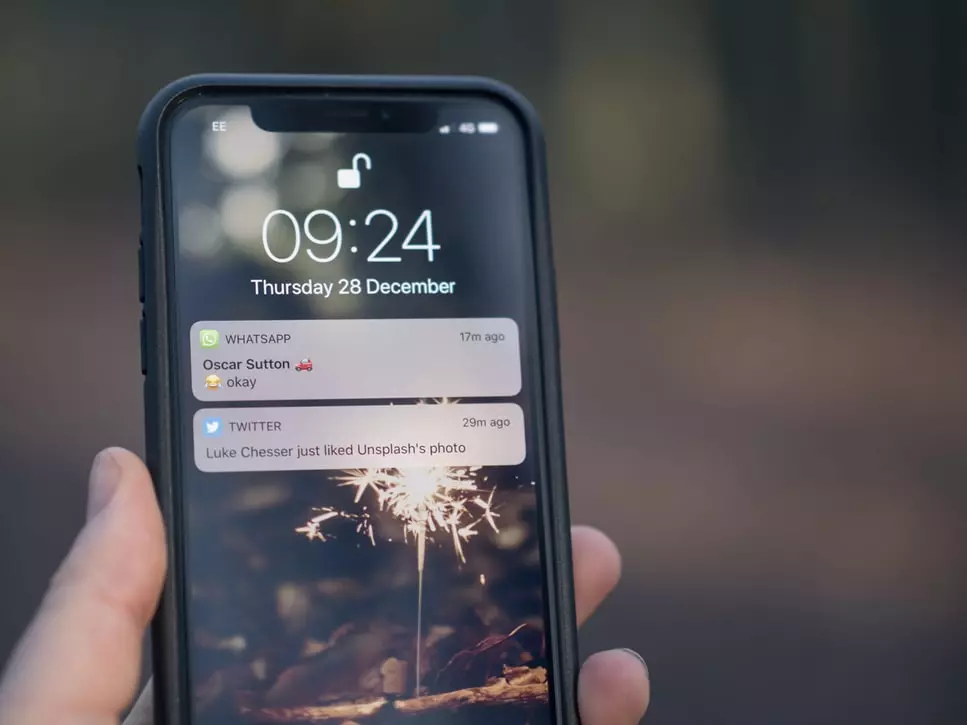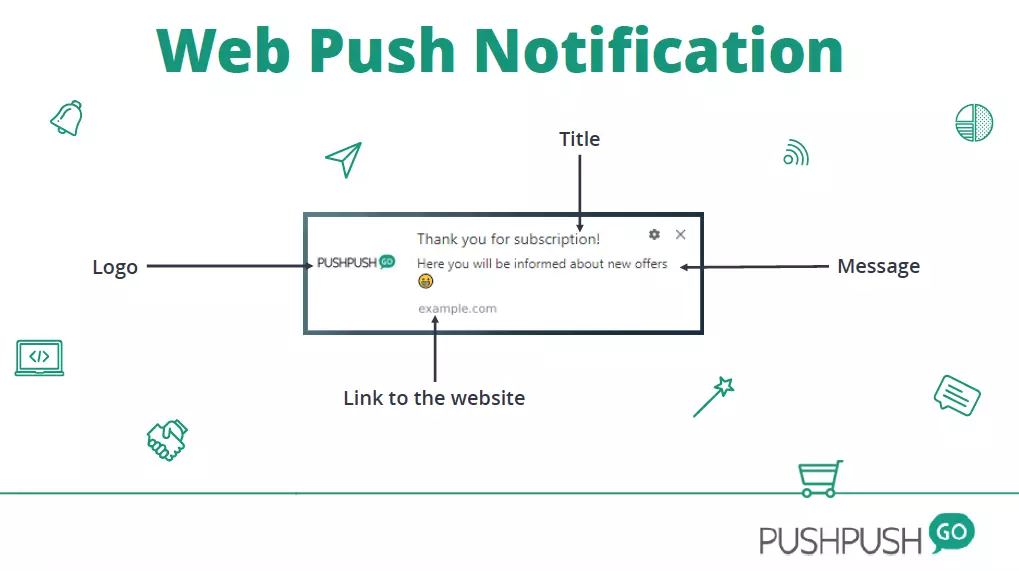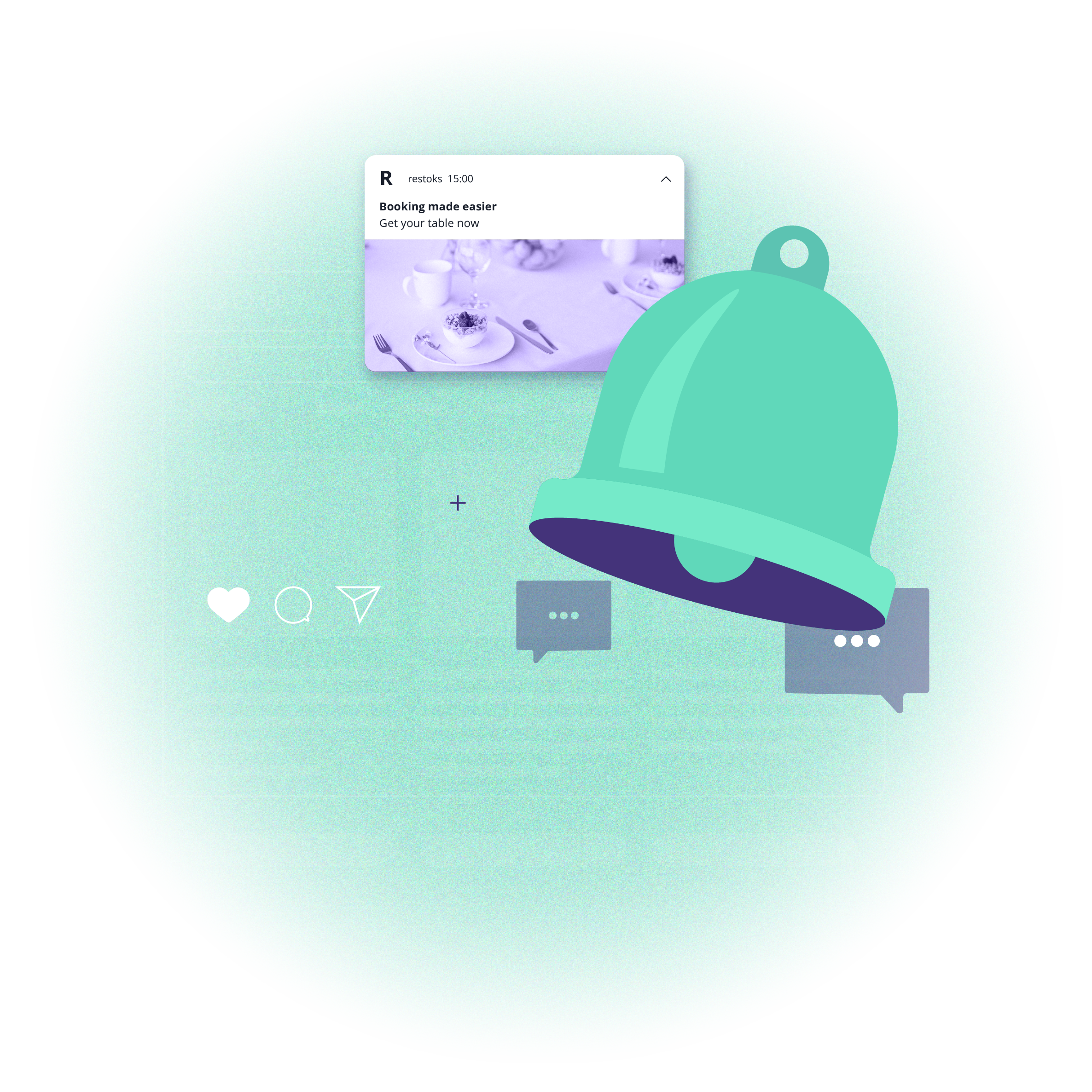Mobile push and web push notifications - differences and similarities
 PushPushGo
PushPushGo © MStudioImages from Getty Images Signature via Canva Pro
© MStudioImages from Getty Images Signature via Canva ProIt started with inscriptions on buildings. Then came the time for billboards, radio and television. Eventually, newsletters appeared.
Now, due to our shortened attention span, this is an era of short messages that the recipient is able to assimilate at a glance.
Of course, we are talking about mobile push notifications and web push notifications. And no, they're not the same!

Test web and mobile push notifications for free!
So, how are they similar and how do they differ?
Understanding the fundamentals of mobile push notifications
A brief history
Mobile push notifications are messages sent via mobile applications. They have existed since 2009 and Apple is considered their creator. The company introduced them as part of the iOS 3.0 update. Google introduced mobile push notifications for Android devices shortly after with the release of Android 2.2 (Froyo) in 2010. These notifications have since become a key tool for app developers to engage users and provide timely information.
What are mobile push notifications?
In other words, mobile push notifications are messages sent directly to a user's mobile device from an app or a server, even when the app is not actively being used. These notifications appear on the device's lock screen or in the notification center, providing timely alerts, reminders, updates, or personalized messages and are usually the first thing you see when you unlock your phone. You certainly know them very well — even Facebook Messenger sends them.

Mobile push messages are often compared to SMSs since they appear directly on the phone screen and look similar. However, they are much shorter.

Push notifications are used by apps to engage users, deliver important information, promote offers, or encourage users to return to the app. They can include text, images, or action buttons, and are a key tool for maintaining user engagement and communication in mobile applications.
How do they work?
Every operating system has a built-in Operating System Push Notification Service (OSPNS), where the rules for push notifications are defined.
These are sent by an external provider directly to the operating system via the API.
The implementation process of mobile push notifications depends on the platform the application is built on. Our team can guide you through this process to ensure a smooth setup tailored to your application build.
The user agrees to receive mobile push. The service is based on opt-in, which means that the app publishers have to ask for permission to send mobile push notifications. The user can change the settings at any time allowing or unsubscribing from push notifications on their device.

Add push notifications to your mobile app - test with PushPushGo
So what are web push notifications?
Web push notifications are messages sent via web browsers, both on desktops, mobile, tablet or PWA (Progressive Web Apps). They are a newer channel than mobile push notifications. Web push notifications were first introduced in 2015 with the launch of support for the Push API and Notification API in web browsers. Google Chrome was among the first to support web push notifications, allowing websites to send alerts to users even when the website was not open in a browser tab. Other browsers, like Firefox and Safari, gradually added support for web push notifications, making them a widely used tool for engaging web users.
Today, many people perceive them as an important addition to their communication strategies such as email marketing and social media.


In the case of desktops, they are displayed in the corner of the screen, and in the case of mobile and tablet in the notification panel.
They are most often used by publishers, e-commerce and travel industry. You can use them to inform readers and customers about promotions, discounts or new items, recover abandoned shopping carts and create upselling and cross-selling campaigns.
How do they work?
It all starts with integrating a website with the web push platform. To do this, simply paste a line of integration code into your site. Don't worry - it won't slow down the loading time of your site.
Then the magic happens:
When the user enters the site, a notification signup form appears.

If he agrees to receive the notifications (which is done with one click), he automatically becomes a subscriber and from now on you can send him notifications.
Each recipient of web push notifications is identified by a unique ID that is assigned when they sign up. No other data is needed, not even cookies.
Send your first web push notification campaigns - start today.
Mobile and web push: differences and similarities
Let's start with what mobile and web push notifications have in common.
Communication via both of these channels cannot be carried out without the user's consent, which can be withdrawn at any time.
Both push notifications aim to attract users by delivering timely updates, reminders, or promotional messages, even when the user is not actively using the app or website to boost customer engagement and retention.
Both types of push notifications are short messages that are displayed directly on the user's screen.
Both types of push notifications can include additional elements, such as buttons that users can click to take immediate action and be redirected to specific content or big images, so-called "rich push notifications".
Push notification campaigns can be personalized based on user behavior, preferences, and demographics to increase relevance and engagement.
Both types of notifications can be sent using the marketing automation module.
So, what are the key differences?
Mobile push notifications work only on mobile devices and the user must install the application to receive push notifications. Web push notifications work on desktop, mobile, tablet and PWA. There is no need to download any software—it just takes one click on the website of the company. That's why web push notifications sometimes are also called browser or desktop push notifications.
With web push you can reach users on any device with a supported browser, making them suitable for broad audiences across various devices. Particularly useful for re-engaging website visitors or reaching users who do not have the mobile app installed.
Mobile push notifications are limited to users who have the app installed on their mobile devices, focusing on more targeted and engaged audiences. They are effective for engaging existing app users and driving deeper app interactions or retention.
Mobile or web push—which one is right for you?
There is no single easy answer to this question because, in most cases, you can build your subscriber base through both types of notifications.
Staying in touch with your audience through various marketing channels is crucial for building and maintaining strong relationships, enhancing brand loyalty, and driving engagement. By leveraging a multi-channel approach, businesses can meet their audience where they are, ensuring consistent communication and interaction. This diversity not only increases the likelihood of reaching the audience effectively but also allows for personalized and relevant content that resonates with different segments.
If you are an app publisher, push notifications are basically a must-have functionality. Here’s what one of our clients said:
"Already at the stage of designing the application, we were aware that the implementation of mobile push was a key aspect, so we invited PushPushGo to work with us.
Communication with the user is extremely important in the context of building engagement and maintaining a high number of active users. Push is an independent marketing communication channel, moreover, it is an engaging tool through which we provide users with information not only about current news, sales or promotions, but we also make use of marketing automation scenarios."
Jonasz Gajewski, Digital & Mobile Lead Architect at OTCF S.A.
Get started with mobile push
If you care about building a community around your website (news portal, online store, blog, etc.), web push is a great choice.
"Web push is a must these days. Especially if the media doesn't have an app. But even if you have one, this alternative provides better monetization solutions. There is no development needed and a team of PushPushGo is always on hand."
Matej Košir,Executive director, EIC & CTO @ Styria Media
Is it possible to send mobile push notifications without the application?
Unfortunately, this is not possible. However, you can still send web push notifications - all you need is a website.
Get started with web push

Platform for sending and automating push notifications. With PushPushGo App you can:
Save abandoned shopping carts;
Increase the value of shopping carts;
Increase the return of users to your site;
Build a customer database;
Send manual campaigns and create push automation scenarios.
Try it free of charge: www.app.pushpushgo.com/
Try PushPushGo to engage and connect with your audience.
Create an account and start testing!




-infv1ikejk.webp)
